Jeśli chcesz wziąć udział w dyskusjach na forum - zaloguj się. Jeżeli nie masz loginu - poproś o członkostwo.
Vanilla 1.1.4 jest produktem Lussumo. Więcej informacji: Dokumentacja, Forum.

Synthpopalooza:
A question: Is there a utility which will convert a .GIF file into a standard atari graphics bitmap? Say something in Graphics 15, Graphics 8, or Graphics 11 greyscale, or APAC mode (192 lines)?

